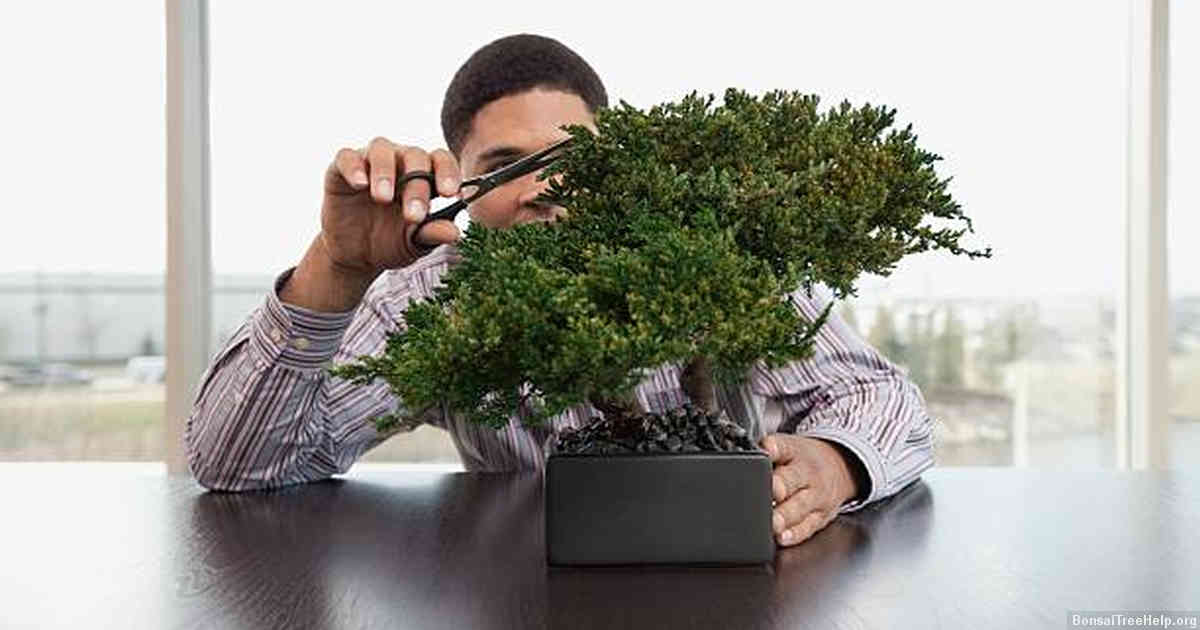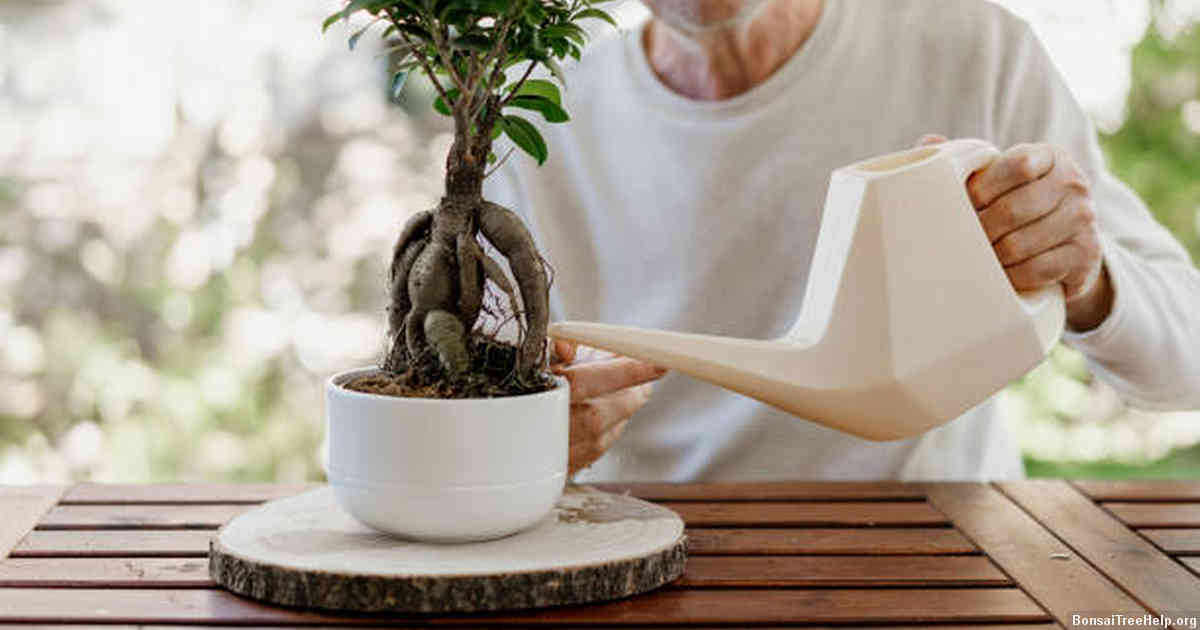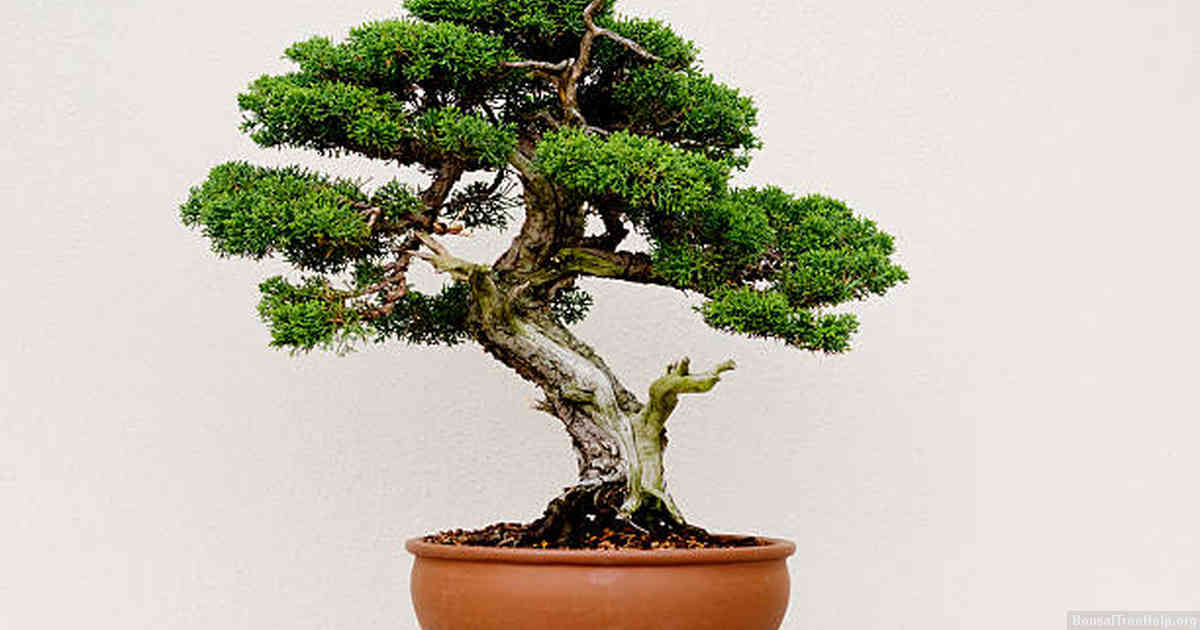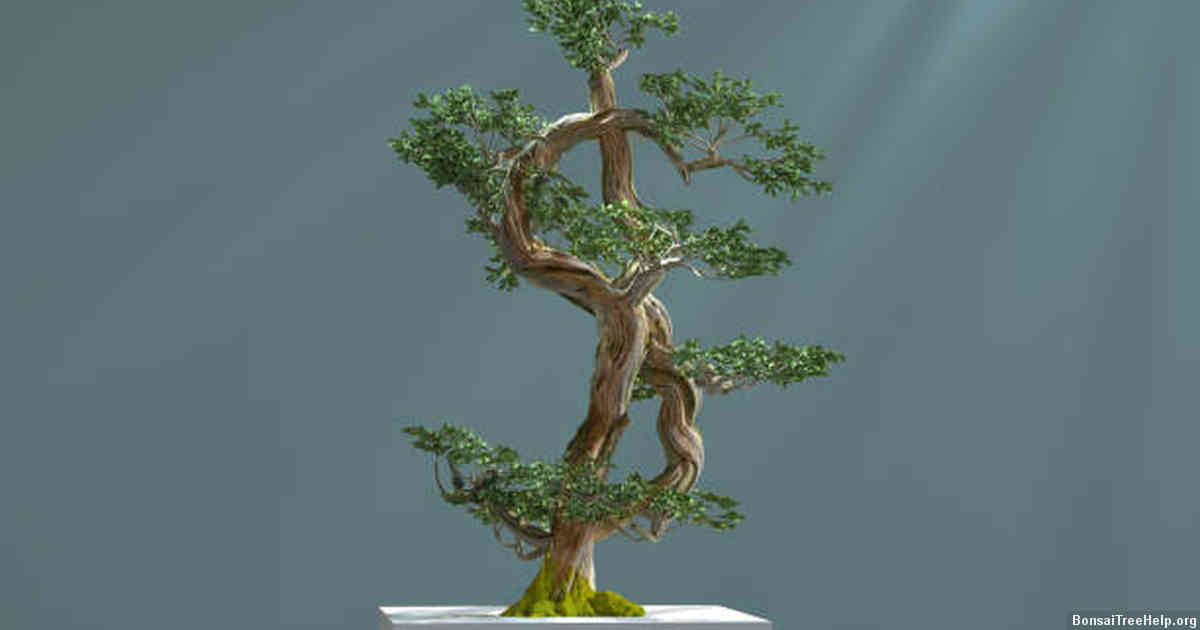
Juniper bonsais are particularly brittle due to their woody structure. The highly compressed wood makes the branches and trunks of the tree less resilient, resulting in them becoming brittle. Their branches tend to be thinner than other varieties of trees, which further increases its fragility. Without proper care and maintenance, a juniper bonsai can become severely dehydrated causing it to dry out and making it more prone to breakage. Therefore, proper watering and fertilizing must be done regularly in order to keep your juniper bonsai healthy and strong.
Contents:
- Understanding the Anatomy and Growth Patterns of Juniper Bonsai
- Factors That Can Cause Brittle Branches in Juniper Bonsai
- Overwatering: A Common Culprit Behind Brittle Juniper Bonsai
- Lack of Nutrients: How It Impacts the Health of Your Bonsai
- Inadequate Lighting: Why Juniper Bonsai Needs Adequate Sunlight to Thrive
- Tips for Proper Care and Maintenance of Juniper Bonsai to Prevent Brittle Branches
- Treating Brittle Branches in Juniper Bonsai: Remedies and Prevention Measures
Understanding the Anatomy and Growth Patterns of Juniper Bonsai

The first step in understanding why a juniper bonsai is so brittle lies in its anatomy and growth pattern. A juniper bonsai is an evergreen shrub of the cypress family that has been cultivated and pruned over hundreds of years to resemble trees, complete with woody trunks and branches. Junipers are known for their hardiness in winter climates, but they also have their vulnerabilities.
Although junipers may look like other trees on the outside, it’s important to remember that internally, these plants still need to act as shrubs–growing quickly and maintaining many shallow roots instead of few deep ones. For example, most coniferous species use thick bark as insulation against cold temperatures; however since junipers retain much of their traditional shrub-like characteristics, they don’t develop this type of protective bark layer. This leaves them open to icy conditions which can cause more damage than in other tree species.
When it comes to pruning techniques with a bonsai specimen, take care not to remove too much foliage from one branch or large sections of bark from one area at a time. The process should be done slowly over multiple growing seasons–taking extra caution not to create too many scars or leave behind wounds that could weaken the branches over time due to exposure or disease. As with any living organism, introducing stress by pruning should always be done cautiously and monitored carefully throughout each season.
Factors That Can Cause Brittle Branches in Juniper Bonsai

Brittle branches are one of the most common issues with juniper bonsais. It can be a frustrating problem as it limits their beauty, functionality, and overall health. An understanding of the causes for brittle branches can help diagnose and fix the issue so that your bonsai will flourish once again.
One of the main reasons why juniper bonsais may experience fragile branches is due to too much or too little water. Too much water will cause rot in the roots and sap flow from vascular tissue within the stems which can lead to woody brittle shoots. On the flip side, too little moisture will stop saps from circulating thus leading to desiccation and eventually brittleness as well.
In addition to water levels, light exposure also plays a large role in causing fragile branches in these trees. Too little sunlight can result in sparse growth due to insufficient photosynthesis while an excess amount of light can scald foliage hence resulting in weak branches unable to support its weight over time. Pruning incorrectly or using sharp shears when trimming the tree results in weak branch development and can contribute significantly towards branch breakage later on down the road.
Overwatering: A Common Culprit Behind Brittle Juniper Bonsai

Overwatering is a frequent reason why juniper bonsai become brittle. This typically happens when too much water is absorbed by the soil, which leads to saturated and oxygen-deficient roots that are unable to absorb the necessary nutrients for healthy growth. If this continues over a long period of time, juniper bonsai leaves may start to yellow and drop off while wood can become weak. Discoloration and blackening at the base of the trunk are signs of overwatering. The key factor in preventing overwatering is understanding how much moisture your particular type of juniper bonsai needs. For instance, an older bonsai with thicker bark requires less water than a young one with thin bark as it has already accumulated some moisture from humid air. It’s important to assess the condition of the soil before watering – if it feels moist then wait until it dries out before adding more water – because adding too much will only cause further issues like root rot or fungus problems.
Another way to prevent overwatering is through proper drainage when planting a juniper bonsai in its container. Make sure there’s plenty of holes on sides for excess liquid to drain away, ensuring no pooling occurs near the base of your tree and therefore preventing any root damage due to prolonged saturation by excessive amounts of water.
Lack of Nutrients: How It Impacts the Health of Your Bonsai

Your juniper bonsai may look healthy, but if it isn’t getting the right amount of nutrients and minerals it can be weak and brittle. Many times, bonsai trees go through a nutrient deficiency during their growth period, which leads to weakened stems that can easily snap off when handled or pruned. With proper care and nutrition, your plant’s overall health should improve.
To start with, check the soil pH level of your bonsai; ideally this should be between 5-6 for junipers. The soil pH balance is important because it can determine how effectively nutrients are absorbed into the soil and thus taken up by the roots of your tree – anything outside of this range could mean that your tree is missing out on key minerals. Make sure that you’re watering regularly as dry soil will lead to nutrient deficiencies too. It’s best practice to give the plant a good soak once every week or two in order to ensure that its roots have enough water available for uptake.
You might want to consider giving your bonsai an extra boost with some liquid fertilisers such as those containing magnesium and iron sulphate – these are vital components for ensuring good foliage colouration in particular which often indicates a healthy tree underneath. Just make sure not to over-fertilise – no more than three times per year – otherwise salts can build up around the root zone reducing oxygen levels essential for strong root growth making it vulnerable again to breakage.
Inadequate Lighting: Why Juniper Bonsai Needs Adequate Sunlight to Thrive

Adequate lighting is an essential factor when maintaining a juniper bonsai. Without enough light, the tree can become too brittle and die quickly. Proper amounts of light are important in providing photosynthesis for the plant, which it needs to survive. Sunlight helps to break down nutrients from soil into compounds that the plant can use for growth. With no light, the juniper bonsai will lack this vital process and begin to suffer accordingly.
It is imperative that a juniper bonsai owner understand what type of light their trees need and how much they require each day in order to thrive. Ideally, your tree should have six hours of direct sunlight each day during its growing season, with lower levels during winter months when days are shorter. Direct sun can be provided either indoors or out, though outdoor conditions provide more natural temperature fluctuations and humidity levels that closely imitate those found in nature.
While some artificial lighting options do exist for those unable to provide direct sunlight due to climate concerns or other restrictions, none compare with proper outdoor exposure – ultimately leaving a dedicated gardener with little option but accept sunny climates for their beloved bonsais if adequate lighting is desired throughout all seasons.
Tips for Proper Care and Maintenance of Juniper Bonsai to Prevent Brittle Branches

Juniper bonsai trees are a popular choice for those looking to add some life and beauty to their home or office. But these delicate plants can become brittle if they don’t receive the proper care and maintenance. Understanding how to take care of a juniper bonsai tree will help keep it in top shape so that it stays healthy and lush for many years to come.
The most important thing is to provide adequate light for your juniper bonsai tree. It should get at least six hours of full sunlight each day, preferably from morning until mid-afternoon when the sun’s rays aren’t as strong. This will help prevent its branches from becoming too thin or brittle due to lack of light exposure. Make sure not to place your bonsai in direct wind because this can also lead to brittleness from the continuous movement and stress on the plant’s delicate branches.
When it comes watering your juniper bonsai tree, you need to check the soil consistently since it is prone to drying out quickly especially during warmer days or periods with little rainfall. Make sure you water deeply but avoid overwatering which can be detrimental as well by causing root rot and other diseases like fungus gnats or powdery mildew. Be especially mindful not to leave standing water around its roots as this will further damage its health – aim instead for moistened soil rather than soggy soil beneath the surface of where it sits in its pot or container. Also, try misting your juniper bonsai occasionally since they prefer more humidity compared with other types of houseplants; this will help strengthen their branches and prevent them from becoming weak and easily breakable over time.
Treating Brittle Branches in Juniper Bonsai: Remedies and Prevention Measures

Juniper bonsai is a popular choice among home gardeners due to its intricate structure and ability to survive even in the harshest environments. However, this doesn’t mean it is completely immune to damage. Juniper bonsais are particularly prone to brittle branches which may be caused by environmental factors or improper maintenance.
For those who find themselves with a juniper bonsai displaying signs of brittle branches, the best course of action is to start from identifying the source of the issue. Too much direct sunlight can cause leaves and stems to dry up quickly so try placing your bonsai in a shadier spot – an east-facing window provides optimal conditions while keeping away too intense UV rays. Juniper species require little but consistent watering – overwatering causes drainage problems thus affecting root health leading ultimately to poor branch strength.
In case any branch has already broken off, act quickly since pruning helps redirect energy and prevent further breakage by encouraging growth on other branches with proper trimming techniques. Use organic liquid fertilizers specifically formulated for conifers if you want healthier plants over time as these provide essential micro-nutrients that aid recovery from various afflictions such as branch brittleness. By following these simple steps you will ensure long-term vitality for your cherished bonsai without having to worry about future damages.
Leave a Reply